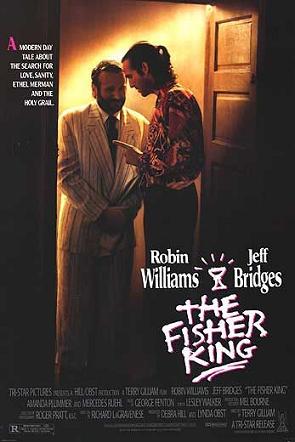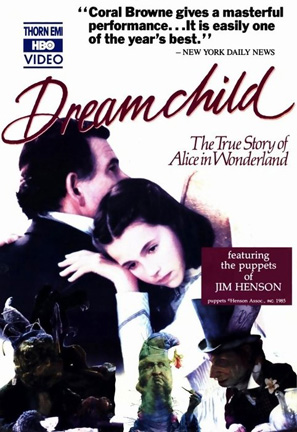What I recall about The Devil’s Backbone is how much its release surprised me. This curiously overlooked flick was the third film directed by Guillermo del Toro, and after the disappointing performance of his debut English-language film, Mimic, it found the director returning to his native language of Spanish.
However, that’s only part of the story. At the time The Devil’s Backbone was released, it had been announced that Guillermo del Toro was directing the sequel to Blade and was also attempting to bring the popular comic Hellboy to the big screen. In other words, in geek circles, Guillermo del Toro was about as hot as you can get. He had a stellar reputation for horror and science fiction, and was about to apply it to two beloved comic book franchises. So when this deeply personal, subtitled ghost story hit theaters in the midst of all that, it kind of came as a surprise. It was unheralded, and I’m not sure the fanboys knew what to make of it. Why was del Toro filming low budget movies with unknown actors in foreign languages when he had just hit the big leagues?
Certainly, del Toro has his reasons. And we’re all the better for them as The Devil’s Backbone is one of the best films he’s ever directed. Watching it now, it serves as an excellent companion film to the far more popular and critically acclaimed Pan’s Labyrinth. Both films are set against the backdrop of the Spanish Civil War and are told from the point of view of a child (a boy in The Devil’s Backbone and a girl in Pan’s Labyrinth—a
compelling difference). Both feature themes of innocence lost to the horror and desperation of war and both build their stories around supernatural elements. Therefore, it’s strange that far more people have seen and enjoyed Pan’s Labyrinth than The Devil’s Backbone. It’s possible that Labyrinth’s highly original fantasy elements just caught the public’s attention in a way that Backbone’s more traditional ghosts could not. Certainly, the film wasn’t marketed anywhere near as well as del Toro’s later one. It’s also possible that filmgoers’ appetites for period ghost stories had been sated by The Others, the ghostly Nicole Kidman blockbuster that came out earlier the same year. (A shame, as it’s nowhere near as original, scary or emotionally moving del Toro’s flick.)
Whatever the reason, Pan’s Labyrinth grossed nearly $40,000,000 in its theatrical run, while The Devil’s Backbone couldn’t even muster up a million.
If you haven’t seen the film and you consider yourself a fan of del Toro’s work, you really owe it to yourself to rent it. Especially if you consider Pan’s Labyrinth one of his best films, because as much as I love the imagination and human terror that movie brought to the screen, I think The Devil’s Backbone works far better as a story. Centered around a young boy who is brought to an orphanage after his father is killed in the war, The Devil’s Backbone is a story about coming of age in an environment that demands it as soon as possible, but offers absolutely no reward for doing so. No hope. No family. No future. All the boys at the orphanage really have is each other, and their friendship helps get them through some extremely trying circumstances, while righting a wrong that has been haunting one of the boys his entire life—and literally haunting the orphanage.
It’s not an easy film to sit through at times. Del Toro doesn’t shy away from revealing the horrors of war and the sort of human monsters it can create (who, like with Pan’s Labyrinth, are far scarier than any of the supernatural horrors shown in the film). However, the most uneasy element is simply the tone and atmosphere of the movie. This is an orphanage that could be utterly destroyed in conflict or by the cruel whim of a fascist general at any moment, and the silent, darkened, dead corridors and corners on display throughout the movie serve as a constant reminder of this. But no visual illustrates it better than the sight of a lone, unexploded bomb that sits half-buried in the middle of the orphanage’s courtyard—a frightening weapon of mass destruction that was defused yet left to rust in the midst of playing children because the war effort couldn’t spare the time or effort it would take to haul it away.
The Devil’s Backbone is full of chilling images like this one, though for my money, none are better than the very final one. I won’t ruin it for you, but I will say it’s nothing horrific or terrifying, and certainly nothing supernatural. It’s an image of youth heading into the unknown… Well, at least, it’s unknown for them. It’s a haunting image rather than a hopeful one because we know all too well what most likely awaits for them at the end of their journey.
It’s a final image that stays with you for weeks after you’ve seen it, much like the film as a whole.
You can check out the trailer for The Devil’s Backbone below:



